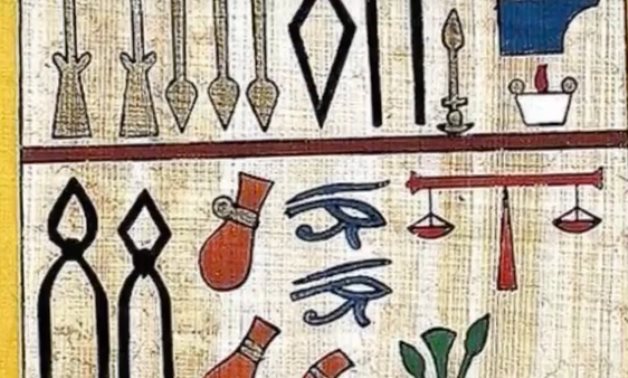
Some of the ancient Egyptian medical instruments today's surgeons recognized - Fascinating Mysteries
CAIRO – 18 November 2020: Doctor James Marion Sims, who lived in the nineteenth century, is one of the most prominent doctors who developed new tools and invented surgical techniques related to women's reproductive health.
However, a recent study based on a discovery made in an Egyptian cemetery related to the treatment of gynecological diseases makes Sims late in this field.
Qubbat al-Hawa cemetery is located on the slope of a hill west of Aswan and consists of four levels of wonderful tombs carved into the rocks.
It was designated for the burial of senior officials in the city of Elephantine, which was the main urban center for the first generation of Upper Egypt from the middle of the Sixth Dynasty onwards. This is according to ancient-origins website.
In the ancient elite cemetery, researchers discovered evidence of a gynecological treatment performed on a woman who died around 1800 BC.
The ancient woman belonged to the Egyptian elite in the city of Elephantine. The human remains were found with a "ceramic pot containing burnt remains between its legs, which were originally covered."
Anthropologists from the University of Granada collaborated with researchers from UJA and confirmed that the woman suffered "an injury to her pelvis, possibly due to a fall that caused severe pain."
Evidence indicates that Egyptian surgeons adhered to medical papyrus guidelines regarding treating gynecological problems.
To ease her pain, she appears to have been treated with "fumigation."
This new discovery is not only rare tangible evidence of an ancient gynecological treatment, but it does provide the first evidence that the fumigations described in contemporary medical papyri have actually taken place.
Comments
Leave a Comment